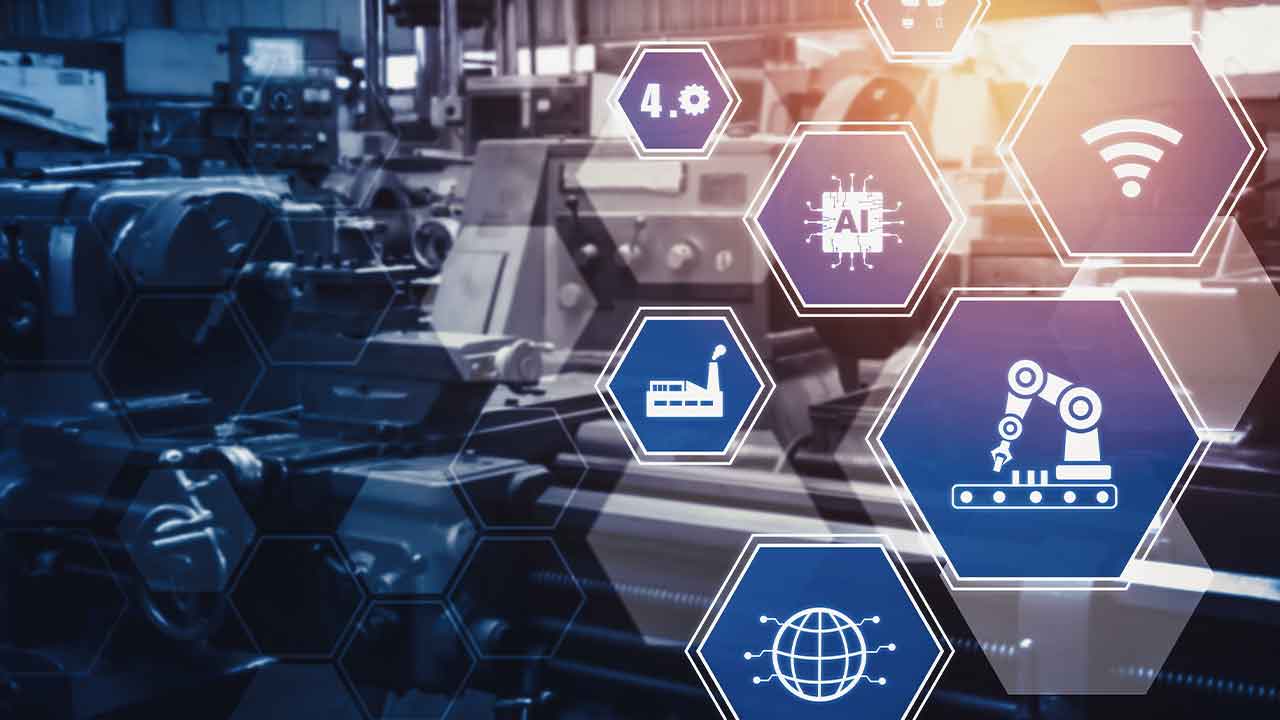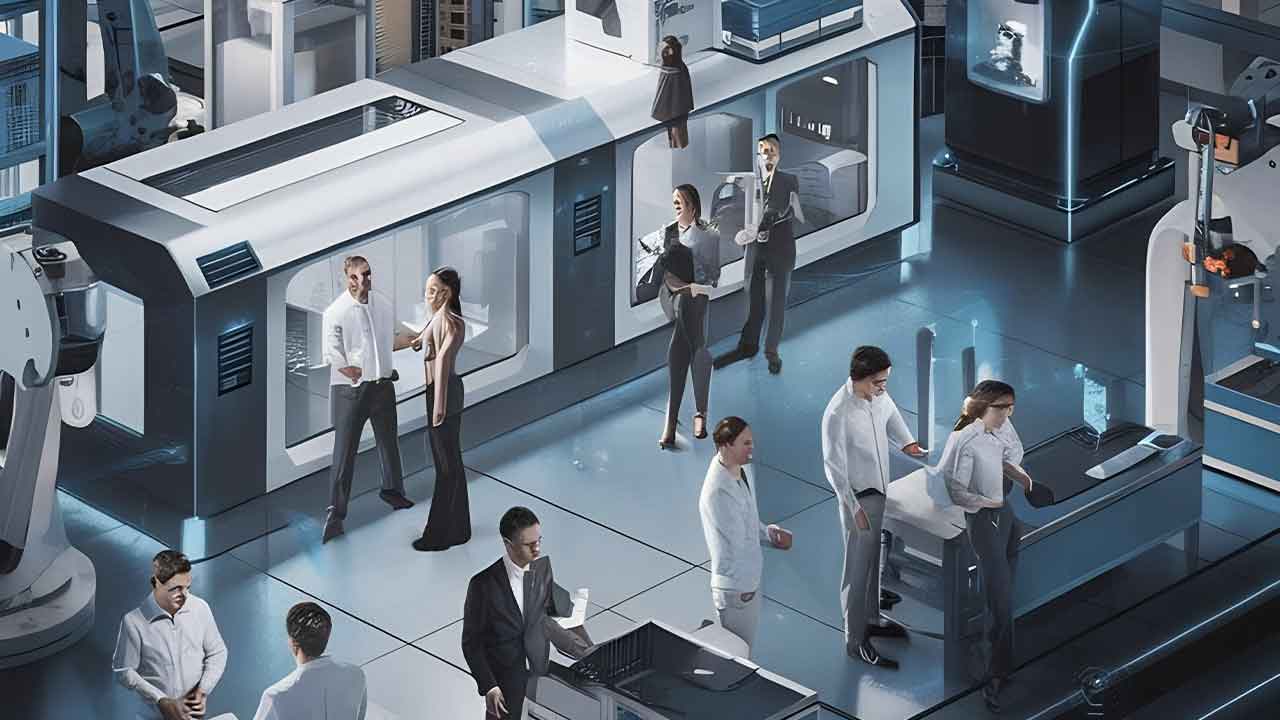7 Ways to Improve Tool Life
While no tool lasts forever, there are many factors affecting tool life. Here are a few methods to reduce tool wear and tear and to increase tool life.
How to improve tool life
1. Use Appropriate Speeds and Feeds
While the cutting tool rotates, bores, or cuts at a set cutting speed, it also traverses along the workpiece. Using the right speed and feed settings will increase tool life significantly. While actual cutting time is always a consideration, the proper settings for speed and feed can extend the tool’s life.
2. Apply Cutting Fluid
The cutting process generates a lot of heat due to metal-to-metal contact. The right type of cutting fluid and the right amount of fluid application will prolong tool life.
3. Do Not Re-Cut Chips
Chips are the way to have the metal material removed from the workpiece after cutting. They also carry away excess heat generated during cutting. But settings must be correct to prevent re-cutting chips resulting in flank wear increases, crater wear, and other tool wear causes.
4. Use the Right Tools
The complexity of the workpiece, surface roughness, required machining accuracy, tolerance requirements for the finished part, and other considerations are critical. For example, some workpieces may be strong enough to need a high-speed steel tool. Knowing these parameters will help select the right tool for the combination of factors.
5. Distribute Wear over the Cutting Edge
Programs and cutting plans should be designed to utilize as much of the cutting edge as possible. Continuous focus on one part of the cutting tool can increase tool wear.
6. Control Runout
Age of equipment can affect runout in machining. Modern-day machines may have an automated tool holder. This tool holder ensures proper positioning and securing of the tool. For older machines, runout comes from misaligning or securing the center of the tool shaft relative to the centerline of the central axis and can result in scrapped parts and lower tool life.
7. Control Deflection
As heat builds and cutting is underway, tremendous cutting forces are happening as material characteristics affect both tool and workpiece. The chips that are formed as metal is removed and exit the workpiece push back when they build up. If variables are not correct, this can bend or deflect the tool.
This is an excerpt from the “WHAT IS TOOL LIFE? HOW TO OPTIMIZE TOOLING WITH MACHINE DATA”article. Read the full piece to find out what are the factors influencing tool life and how you can extend and optimize tool life.
FAQs about Tool Life
How is tool life measured?
Tool life is typically measured by the duration a cutting tool remains effective before it needs replacement. It is commonly expressed in terms of the number of components machined, the time in operation, or the distance the tool can travel before becoming ineffective.
What affects tool life the most?
The primary factors affecting tool life are cutting speed, feed rate, depth of cut, material being machined, and the tool’s material and coating. Proper tool selection and optimizing machining parameters are crucial for maximizing tool life.
What would you do to increase tool life?
To increase tool life, it’s important to optimize machining parameters, use the right tool for the job, employ proper cutting techniques, and implement effective cooling or lubrication systems. Regular maintenance, such as sharpening or replacing worn tools, also contributes to extended tool life.
How do you monitor tool life?
Tool life can be monitored using various techniques, including visual inspection for wear, measuring cutting forces, analyzing cutting sound frequencies, and employing sensor technologies. Advanced machining systems may integrate sensors and monitoring software to provide real-time data on tool condition and predict when replacement or maintenance is needed.
About the author
 This article was written by Graham Immerman, the Vice President of Marketing for MachineMetrics, a venture-backed manufacturing analytics platform. Graham has quickly become an authority on digital transformation and the application of IIoT technology for the manufacturing industry.
This article was written by Graham Immerman, the Vice President of Marketing for MachineMetrics, a venture-backed manufacturing analytics platform. Graham has quickly become an authority on digital transformation and the application of IIoT technology for the manufacturing industry.



